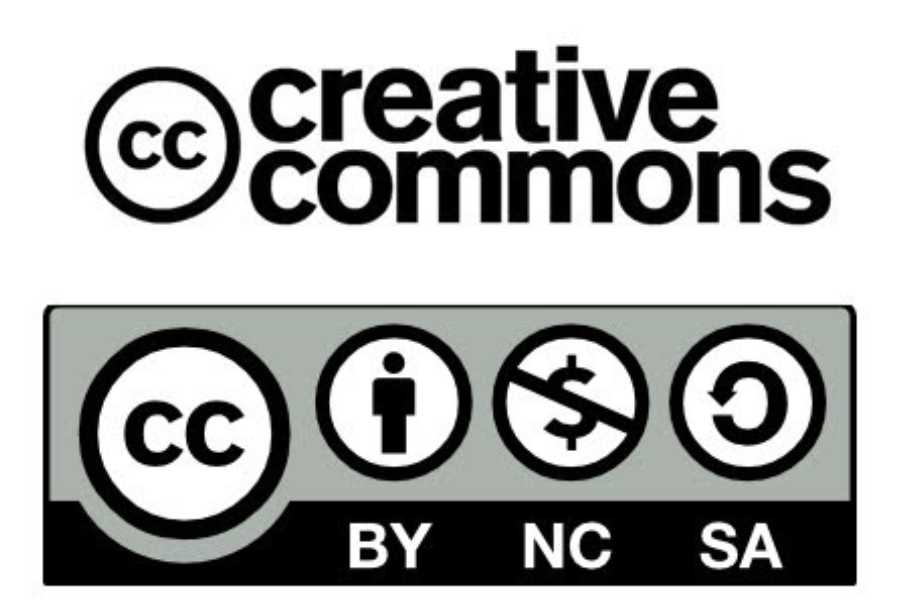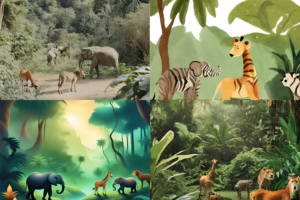When a person needs to produce an audiovisual work, they often do not have all the necessary resources to carry out their project. Therefore, they need to use the content of other authors in order to complete their own. This is where the Creative Commons license comes in. Let’s see what it consists of.
What is a Creative Commons license?
Creative Commons (CC) licenses are a free legal tool that allows users (licensees) to use copyrighted works without requesting permission from the author of the work.
Creative Commons licenses, often represented by the acronym (CC), are a type of legal tool offered free of charge to users so that they can use an author’s works without the author’s permission. But we must not confuse them with Copyleft licenses.
Difference between Creative Commons and Copyleft
Although in essence Creative Commons licenses are identical to Copyleft licenses, there is a crucial difference between the two.
A Creative Commons license allows the author of the work to choose which rights to grant to the user who uses his or her content.
A work has different types of rights for its commercialisation; using content for a non-profit blog is not the same as using it for a commercial campaign. Let’s take a look at the conditions governing CC licenses.
Conditions of use of Creative Commons licenses
Creative Commons licenses are made up of four modules of conditions. These conditions are requirements that the author demands in order to be able to use his or her content.
- Attribution (BY): This condition requires the licensee to mention the author in their work.
- Non Commercial (NC): This is one of the most common conditions, here the author does not allow us to use his work for commercial purposes, so we cannot have an image of him in a blog post that is monetising.
- Non Derivate Works (ND): This is used when the author does not give us permission to modify their work. We must use it as the creator designed it.
- Share Alike (SA): This condition requires that, in the case of using an author’s work as a reference or modifying it, it must maintain the same conditions as the original work.
Types of Creative Commons licenses
Due to the large number of situations in which an author’s work can be used and the conditions under which it can be published, we are going to see what types of Creative Commons licenses we can find.
Attribution (BY)
We have already seen this type of Creative Commons license, when the work is used, the author must always be mentioned.
Attribution – Non Commercial (BY-NC)
Here, the author gives us permission to create derivative works, but on condition that they are not used for commercial purposes. This also applies to the author’s own original work.
Attribution – Non Commercial – Share Alike (BY-NC-SA)
The author will not allow us to use their work or derivatives of it for commercial purposes. It is very similar to BY-NC, but the other specific conditions stipulated by the author must also be applied.
Attribution – Non Commercial – Non Derivate Works (BY-NC-ND)
In this type of work, the creator of the content does not allow us to make commercial use of it, nor does he/she give us permission to modify his/her work.
Attribution – Share Alike (BY-SA)
The author gives us permission to make commercial use of his or her work and derivative works. This type of content is often used by sites that have some kind of monetisation, such as advertisements.
Attribution – Non Derivative Works (BY-ND)
It is possible to use the work for commercial purposes but the author does not give us permission to modify or generate content based on his or her work or works containing his or her work. For example, in the case of making a poster, we would not be able to use the logo that the author has created.
Can I create a Creative Commons license?
Of course, anyone can assign to their work the Creative Commons license with the conditions they want.
We recommend reading the previous sections to know how to choose what kind of conditions we want to give to our creations.
How do I make my content Creative Commons?
It is very easy to assign the Creative Commons license to our works, you just have to access the Creative Commons website and follow the steps on the website. We will be asked some basic questions to find out what kind of Creative Commons content you want to assign to your work.
For them, the website will create custom markings so that your content is located on the website and you can track it. HTML + RDFa code is often used for web markup and XMP code for inclusion in the metadata of digital files.
All this is something you can see clearly on their website.
How much does a Creative Commons license cost?
Using or creating a Creative Commons license is always free, regardless of the license conditions, as long as they are met.
That is the basis of this type of content. They were born to be shared and used for free, but allowing the author of the content to be recognised as its creator. This started in the United States several years ago and later moved to other countries with some variations depending on the country that adapts the Creative Commons (CC) regulations.
How long does a Creative Commons license last?
These licenses are valid worldwide and their duration is governed by the intellectual property rights corresponding to the type of content (vector images, photography, videos, etc.).
Vecpho encourages you to create more content and to try using the different licenses available to authors.
It is possible that, even if you are a professional audiovisual content creator, you may have older works that you do not use. Take the plunge and register it under a Creative Commons license to help others with your work.










